
The ruins of Linlithgow Palace are situated in the town of Linlithgow, West Lothian, Scotland, 15 miles (24 km) west of Edinburgh. The palace was one of the principal residences of the monarchs of Scotland in the 15th and 16th centuries. Although maintained after Scotland's monarchs left for England in 1603, the palace was little used, and was burned out in 1746. It is now a visitor attraction in the care of Historic Environment Scotland.
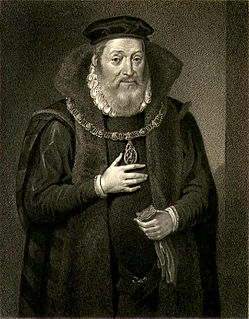
James Hamilton, 1st Duke of Châtellerault, 2nd Earl of Arran, was a Scottish nobleman and head of the House of Hamilton. A great-grandson of King James II of Scotland, he was heir presumptive to the Scottish throne. Arran was Regent of Scotland during the minority of Mary, Queen of Scots from 1543 to 1554, when he lost the regency to Mary of Guise. At first pro-English and Protestant, he converted to Catholicism in 1543 and supported a pro-French policy. He reluctantly agreed to Mary's marriage to Francis, eldest son of King Henry II of France, and was rewarded by Henry by being made Duke of Châtellerault in 1549. During the Scottish Reformation, Châtellerault joined the Protestant Lords of the Congregation to oppose the regency of Mary of Guise, and lost his French dukedom as a result.
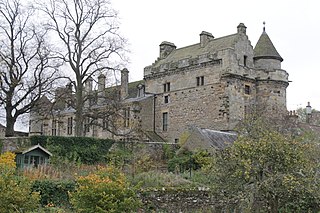
Falkland Palace, in Falkland, Fife, Scotland, is a royal palace of the Scottish Kings. It was one of the favourite places of Mary, Queen of Scots, providing an escape from political and religious turmoil. Today it is under the stewardship of Ninian Stuart, who delegates most of his duties to The National Trust for Scotland. The Chapel Royal in the Palace is dedicated to Thomas the Apostle, and is also open to the public and reserved for Catholic worship.

Sir James Hamilton of Finnart was a Scottish nobleman and architect, the illegitimate son of James Hamilton, 1st Earl of Arran, and Marion Boyd of Bonshaw. Although legitimated in 1512 while still a minor, he continued to be known as the "Bastard of Arran". As a key member of the Hamilton family, and second cousin of James V, King of Scotland, he became a prominent member of Scottish society.
William MacDowall was a Scottish priest and Master of Works to Mary, Queen of Scots, her mother Mary of Guise, and James VI of Scotland. The title 'sir' was used in Scotland by a priest without a master's degree. The name appears variously as McDowgall, McDougall, McDowall etc., in printed records, he signed accounts MAKDOUELL.

The Scottish royal tapestry collection was a group of tapestry hangings assembled to decorate the palaces of sixteenth-century kings and queens of Scotland.
Robert Anstruther was a Scottish soldier in the service of Mary of Guise and Mary, Queen of Scots.
Marie Pieris, Lady Seton was a French lady in waiting at the Scottish court.

Robert Gibb or Gib (1490-1558) was a Scottish landowner and courtier.
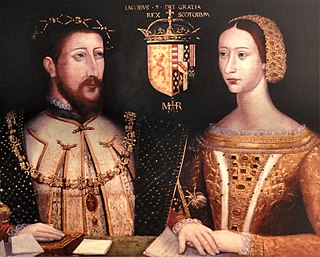
John Mosman was a Scottish goldsmith based in Edinburgh who served the royal court and was involved in gold mining.

Andrew Aytoun, was a Scottish soldier and engineer, and captain of Stirling Castle.
Walter Binning, or Bynning was a painter in 16th-century Edinburgh.
Barbara Hamilton was a Scottish courtier.

Thomas Arthur was a Scottish tailor who worked for James V of Scotland.

Robert Hamilton of Briggis was a Scottish soldier and military engineer. He was keeper of Linlithgow Palace and Dunbar Castle and was Master of the Scottish artillery.

The jewellery and jewels owned by James V of Scotland are mainly known from the royal treasurer's accounts and inventories. James V reinforced his authority by lavish display.
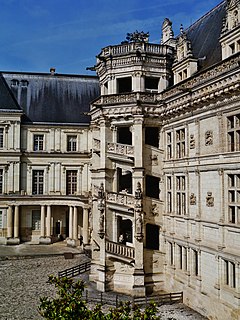
Jean Sinclair was the Scottish nurse of Mary, Queen of Scots.
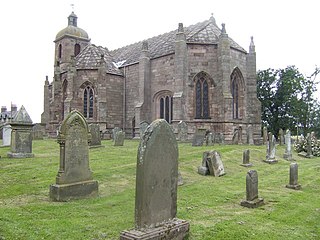
Thomas Peebles or Peblis was a Scottish glazier who worked for James IV, Margaret Tudor, and James V of Scotland.
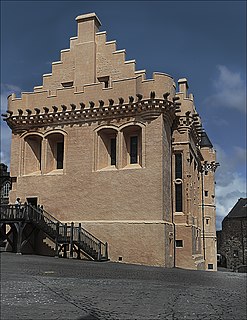
Some of the remaining and ruined Scottish royal palaces have kitchens, and the halls or chambers where food was served, and rooms where food and tableware were stored. There is an extensive archival record of the 16th-century royal kitchen in the series of households accounts in the National Records of Scotland, known as the Liber Emptorum, the Liber Domicilii and the Despences de la Maison Royale, which are daily records of the purchase of food and drink. The royal kitchens in the 1530s employed around 60 people. Supplies of food for the royal household were known as "furnishing" and were usually managed by the Masters of the Household. Charles II came to Scotland in 1650 and a new Scottish household was created for him, and an account of food and spices survives for his stay at Falkland, Stirling, and Perth, where he may have stayed in the old Gowrie House.
Matthew Hamilton of Milnburn and Binning was a Scottish landowner and courtier.














